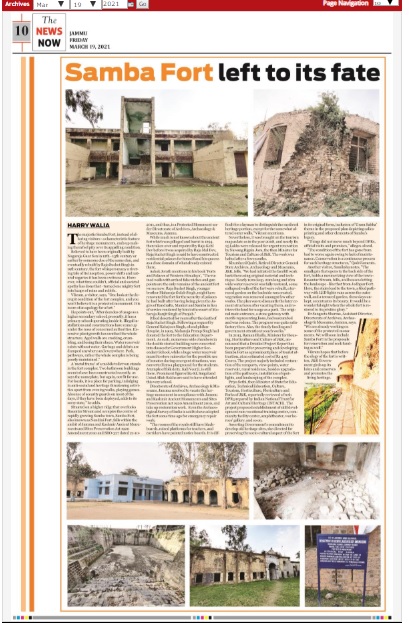The majestic Samba Fort, instead of alluring visitors – a characteristic feature of heritage monuments, ends up making them feel pity over its appalling condition.
Believed to have been originally built by Nagaraja Gaur Sen in 12th – 13th century or earlier by someone else of the same clan, and eventually rebuilt by Raja Suchet Singh in 19th century, the fort whispers many a riveting tale of its inception, power shifts and natural vagaries it has been a witness to. However, what time couldn’t, official and societal apathy has done that – turned one mighty fort into heaps of ruins and rubble.
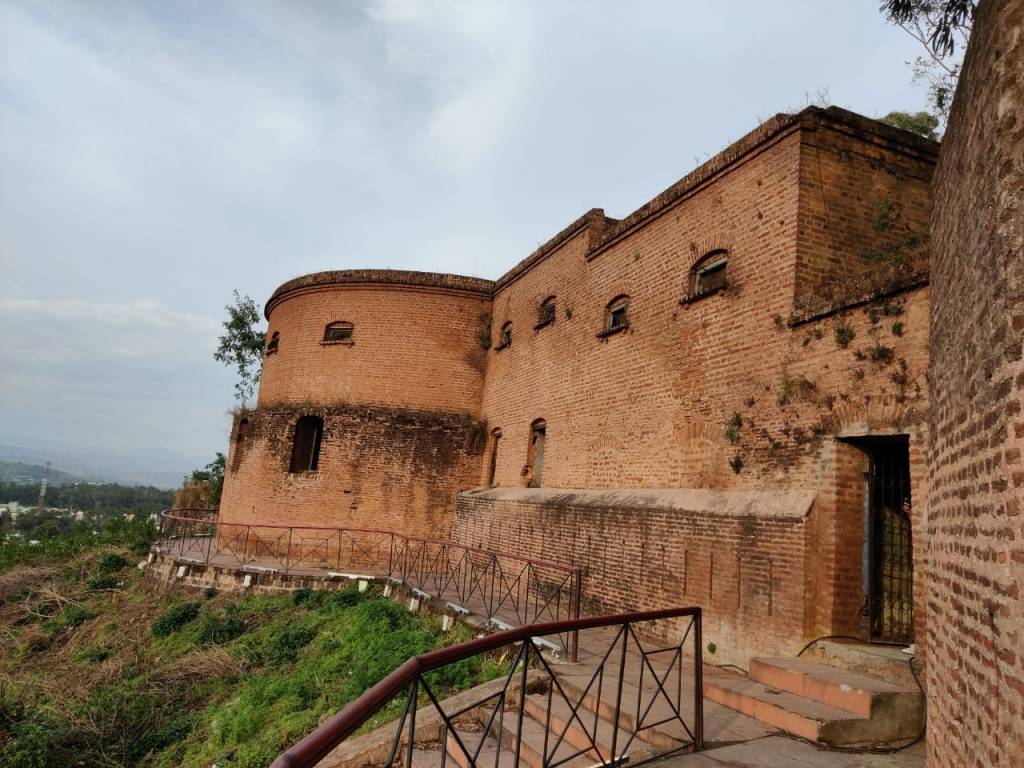
Vikram, a visitor, says, “One look at the decrepit condition of the fort complex, and you won’t believe it is a protected monument. It is more of an apology for a fort.”
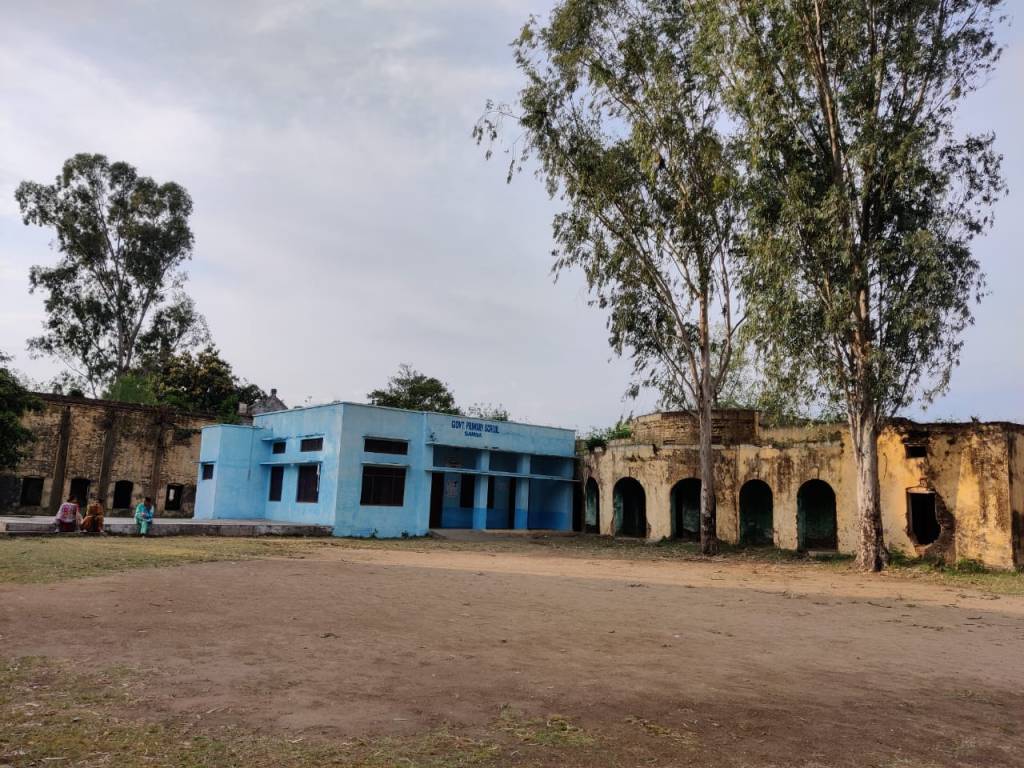
He points out, “After decades of usage as a higher secondary school, presently, it has a primary school operating inside it. Illegal installations and constructions have come up under the nose of concerned authorities. Excessive plant growth has swathed the whole structure. Aged walls are cracking, crumbling, and losing their sheen. Water reservoir exists without water. Garbage and debris are dumped anywhere and everywhere. Park, pathways, rather the whole complex is being poorly maintained.”
A ‘metal frame’ of a mobile toilet van stands in the fort complex. Two bathroom buildings seem to have been constructed recently, as says the nameplate, but again, not fit for use. For locals, it is a place for parking, indulging in anti-social and heritage threatening activities apart from evening walks, playing games. Absence of security guards on most of the days, if they have been deployed, adds to its sorry state,” he adds.
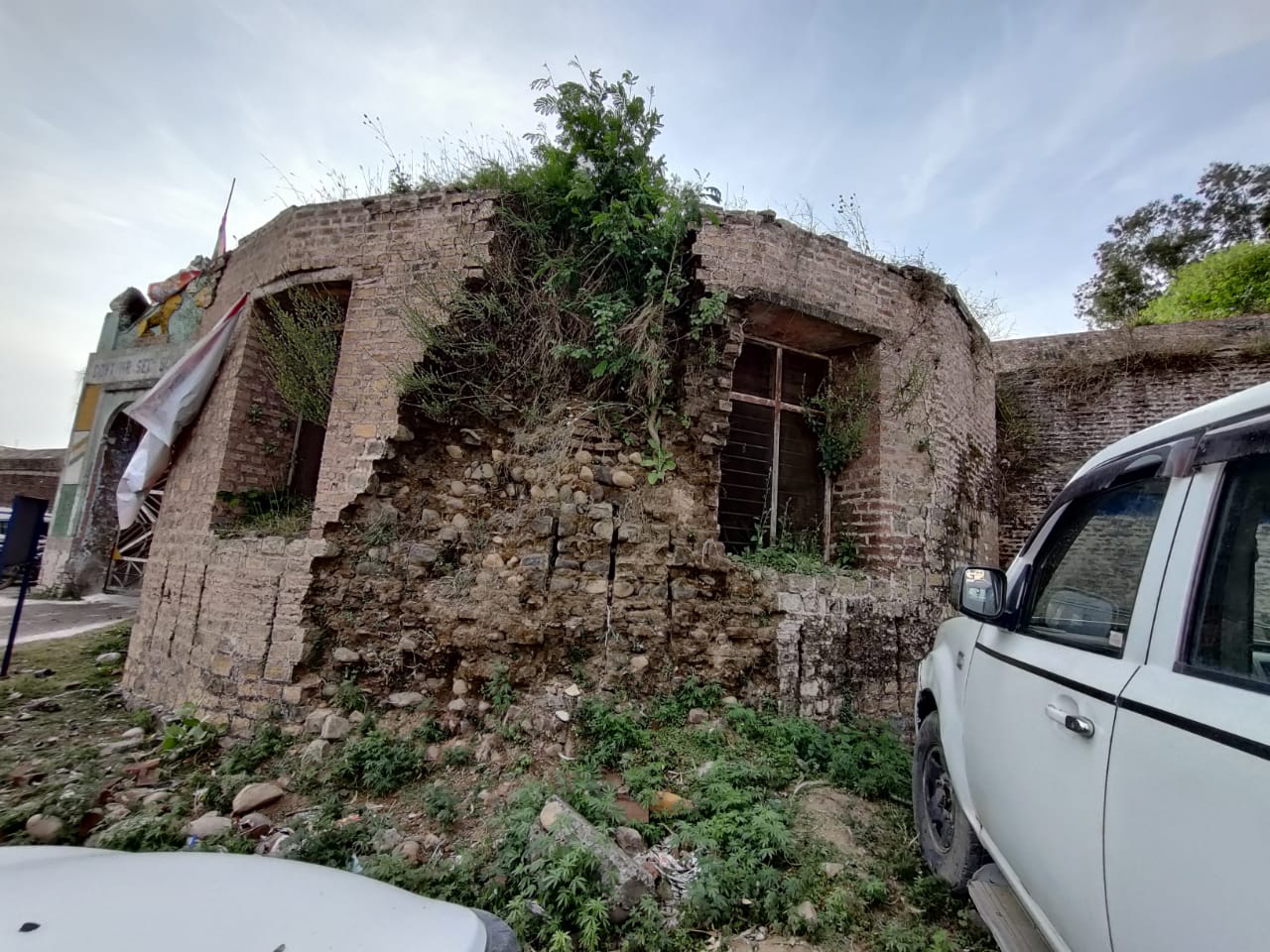
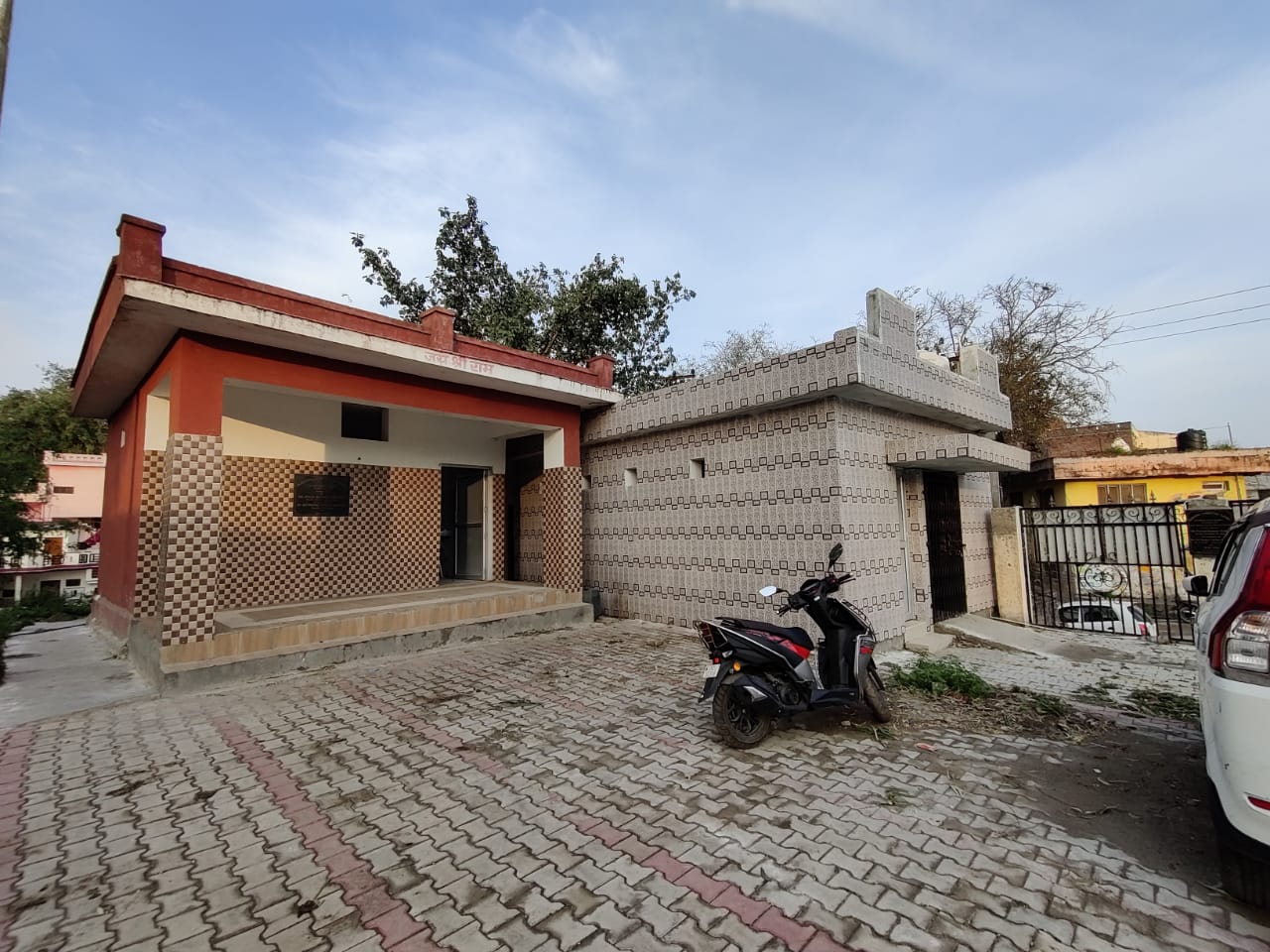
Crumbling bastion (L) Recently constructed bathrooms (R)
Situated on a higher ridge that overlooks Basantar Stream and occupies the centre of rapidly growing Samba town, Samba Fort, also known as Nandini Fort, falls within the ambit of Jammu and Kashmir Ancient Monuments and Sites Preservation Act 1920 Amendment 2010 and SRO-327 dated 21-10-2011, and thus, is a Protected Monument under Directorate of Archives, Archaeology & Museums, Jammu.
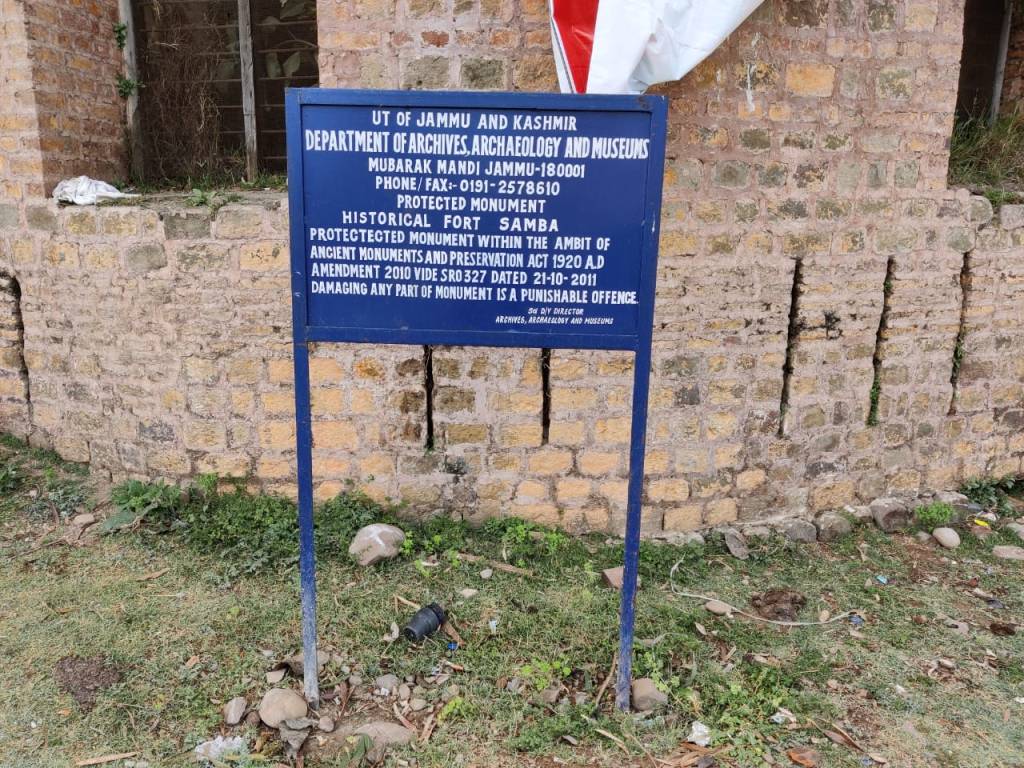
While much is not known about the ancient fort which was pillaged and burnt in 1294, then taken over and repaired by Raja Kehl Dev before it was acquired by Raja Mal Dev, Raja Suchet Singh is said to have constructed residential palaces for himself and his queens as a close domain of what already existed there.
Ashok Jerath mentions in his book ‘Forts and Palaces of Western Himalaya’, “The ruined walls with arched false niches and gun points are the only remains of the ancient fort we see now. Raja Suchet Singh, younger brother Maharaja Gulab Singh, might have renovated the fort for the security of palaces he had built after having being given the Jagirs of Bandralta, Mankot and Samba in lieu of service rendered by him in the court of Maharaja Ranjit Singh of Punjab.”
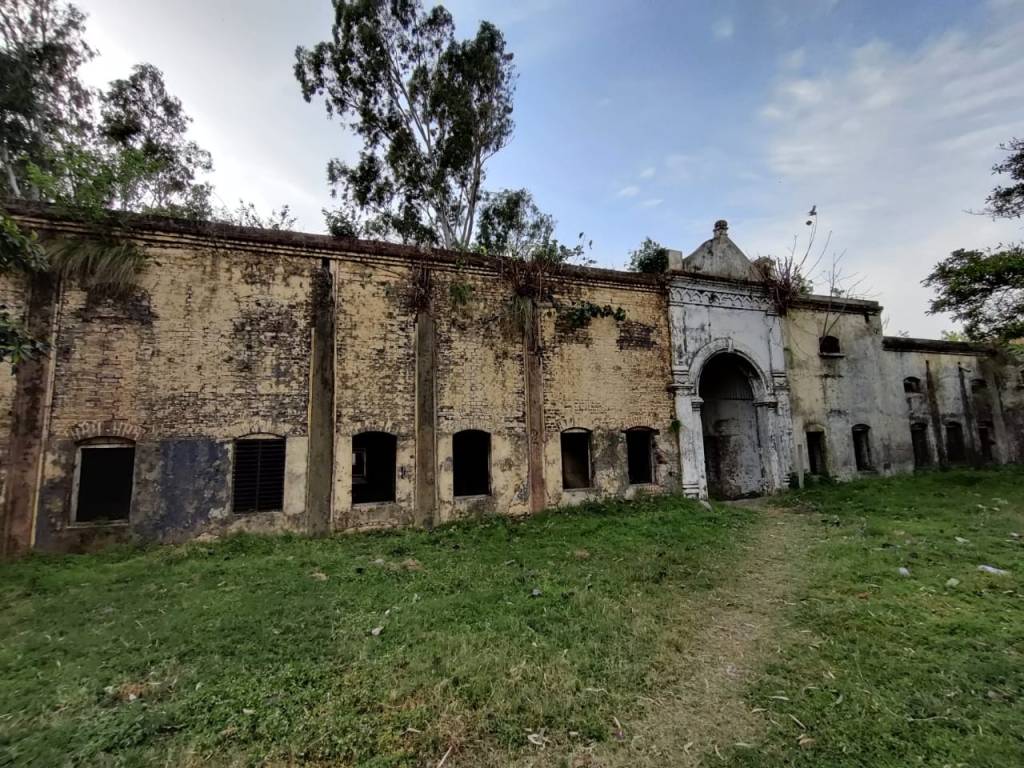
It lied deserted for years after the death of Raja Suchet Singh. Following a request by General Kahajoor Singh, a local philanthropist, in 1905, Maharaja Pratap Singh had donated the fort to the Education Department.
As such, numerous wide chambers in the double storied building were converted into classes for Government Higher Secondary School, while a huge water reservoir meant to store rainwater for the possible use of inmates during emergent situations, was converted into a playground for the students. A temple of folk deity, Kali Veer ji, is still there. Prominent figures like KL Saigal and Ustad Allah Rakha are said to have attended this very school.
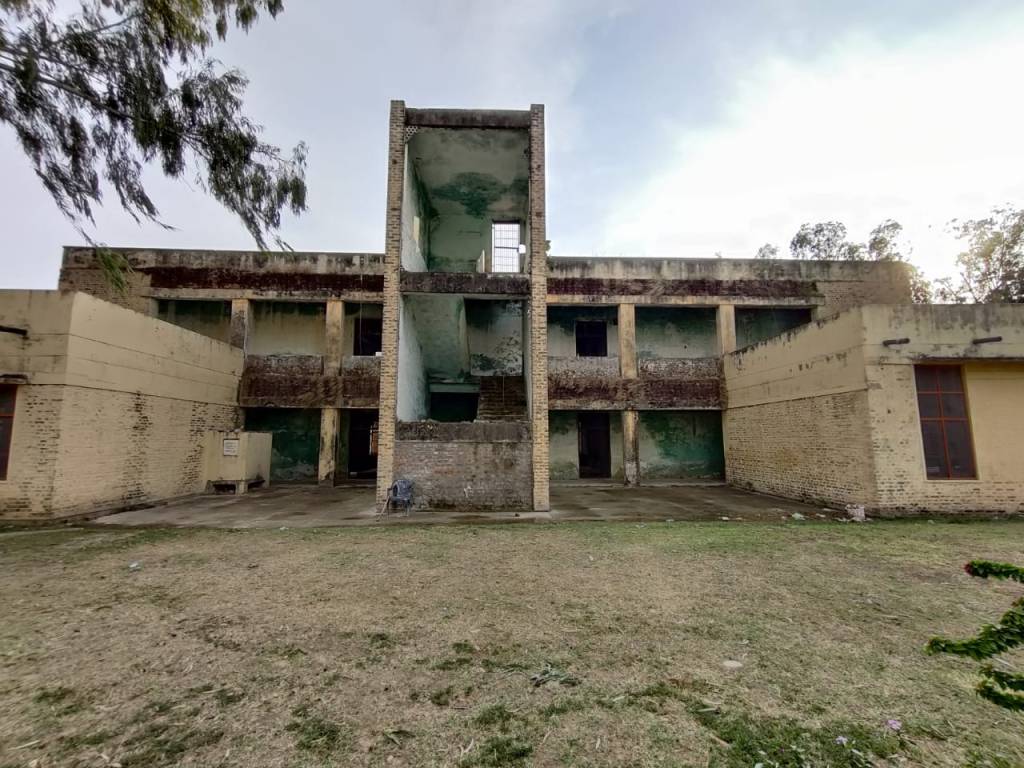
Directorate of Archives, Archaeology & Museums, Jammu resolved to vacate the heritage monument in compliance with Jammu and Kashmir Ancient Monuments and Sites Preservation Act 1920 Amendment 2010, and take up restoration work. Even the Archaeological Survey of India is said to have adopted the fort some time ago for emergency repair work.
“The rooms of the royals still have blackboards, raised platforms for teachers, and corridors have painted notice boards. It is difficult for a layman to distinguish the medieval heritage portion, except for the somewhat altered outer walls,” Vikram mentions.
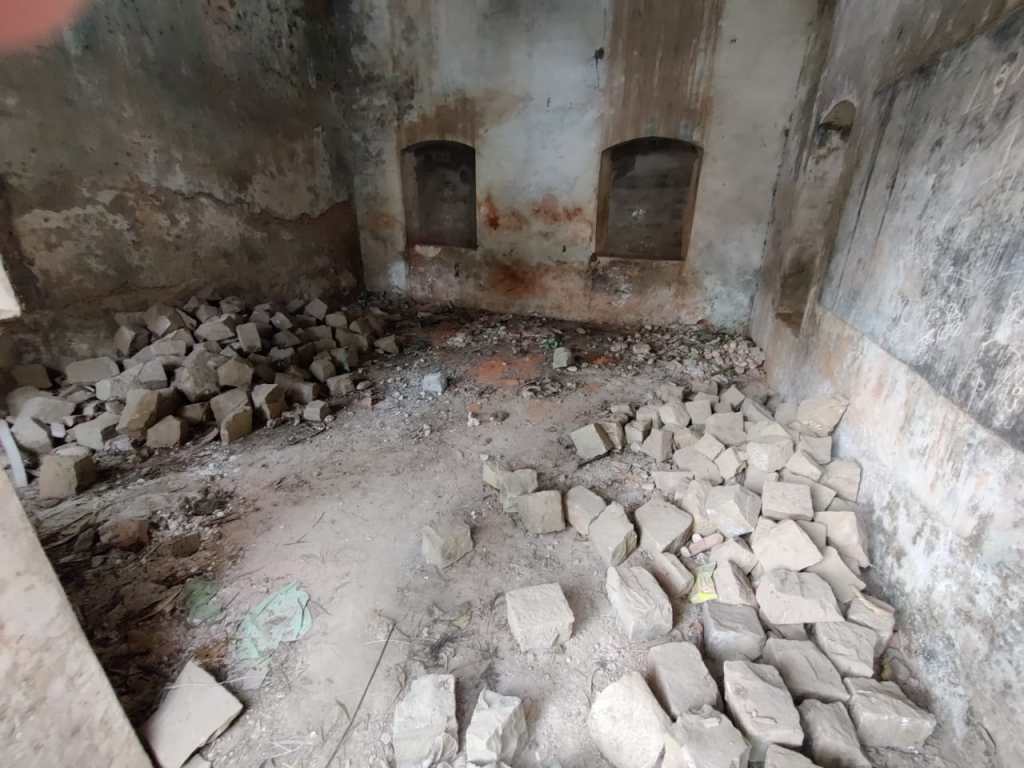
Nevertheless, it was brought on the tourism map as late as in the year 2008, and nearly Rs 25 Lakhs were released for urgent renovation by Nawang Rigzin Jora, the then Minister for Tourism and Culture of J&K. The work was halted after a few months.
Khursheed Qadri, Retired Director General State Archives, Archaeology and Museums, J&K, tells, “We had initiated the facelift work back then using original material and technique. Nearly 10m deep, 20m long and 16m wide water reservoir was fully restored, some collapsed walls of the fort were rebuilt, a terraced garden on the backside was created, vegetation was removed amongst few other works. The plan was to dismantle the later cement structures after vacating them, and retrieve the land for usage as a park. The original main entrance, a stone gateway with motifs representing lions, had succumbed and was redone. The progress was quite satisfactory then. Alas, the timely funding and government attention to such works.”
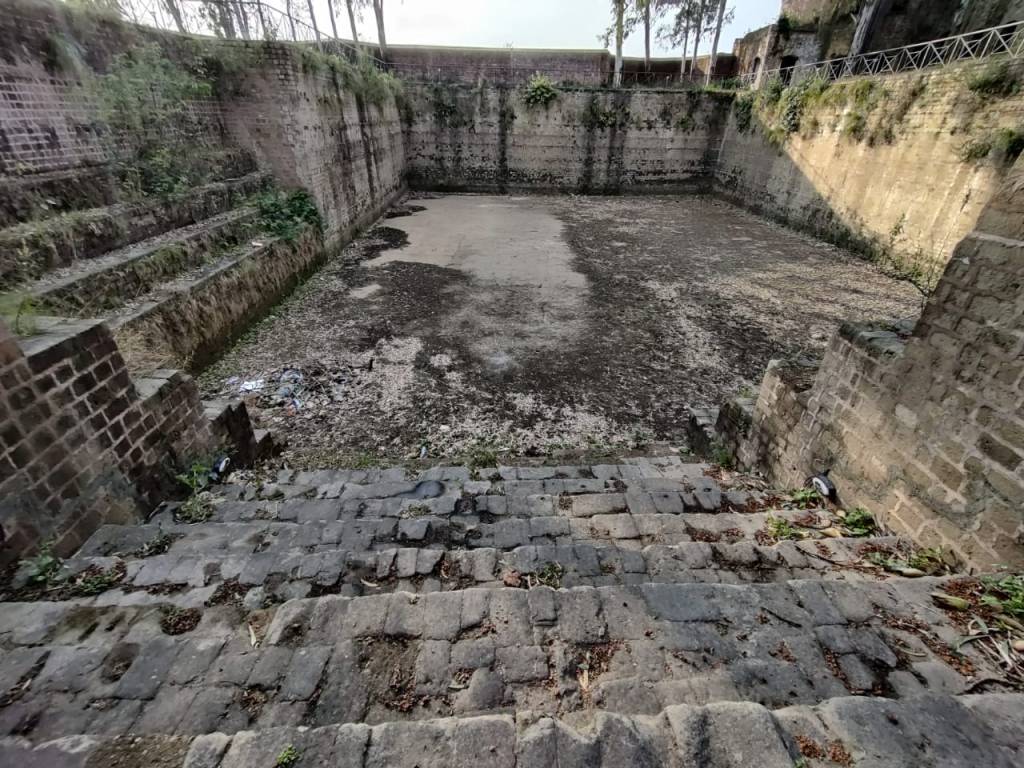
In 2013, Raman Bhalla, Minister for Housing, Horticulture and Culture of J&K, announced that a Detailed Project Report has been prepared for preserving and developing Samba Fort as a prominent place of tourist attraction, at an estimated cost of Rs 4.95 Crores. The project majorly included restoration of the ramparts, view-points, water reservoir, royal residence, besides upgradation of the pathways, installation of spotlights, and landscaping of the complex.
Priya Sethi, then Minister of State for Education, Technical Education, Culture, Tourism, Horticulture, Floriculture and Parks of J&K, reportedly reviewed a fresh DPR prepared by Indian National Trust for Art and Cultural Heritage (INTACH). The project proposed establishment of skill development cum vocational training center, community facility center, amphitheater, war heroes’ gallery, and so on.
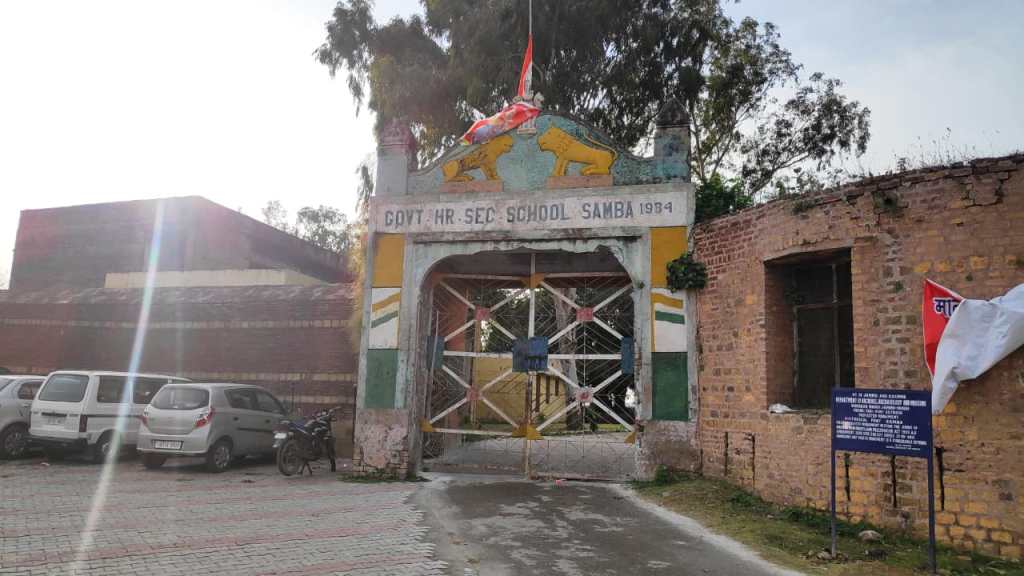
Asserting Government’s commitment to develop old heritage sites, she directed for preserving the socio-cultural aspect of the fort in its original form, inclusion of ‘Gram Sabha’ theme in the proposed plan depicting calico printing and other elements of Samba’s legacy.
“Things did not move much beyond DPRs, official visits and promises,” alleges a local.
“The condition of the fort has gone from bad to worse again owing to lack of maintenance. Conservation is a continuous process for such heritage structures,” Qadri laments.
Another visitor, Samiksha notes, “The small gate that opens to the back side of the fort, holds a mesmerizing view of the town – Basantar Stream, hills, and houses dotting the landscape – like that from Jodhpur Fort. Here, the stairs lead to the town, a tiled pathway with LED lights runs across the outer wall, and a terraced garden, these days unkept, accentuates its beauty. It would be a wonderful sight when the whole fort is restored to its pristine glory.”

Dr Sangeeta Sharma, Assistant Director, Directorate of Archives, Archaeology & Museums, Jammu, says, “We are already working on some of the protected monuments. We will soon include Samba Fort in the proposals for renovation and seek funding as well.”
Vikram hopes that before the elegy of the fort is written, J&K Government girds up its loins and conserves and promotes the living heritage.
Also: Read my article at The News Now
Samba Fort left to its fate
